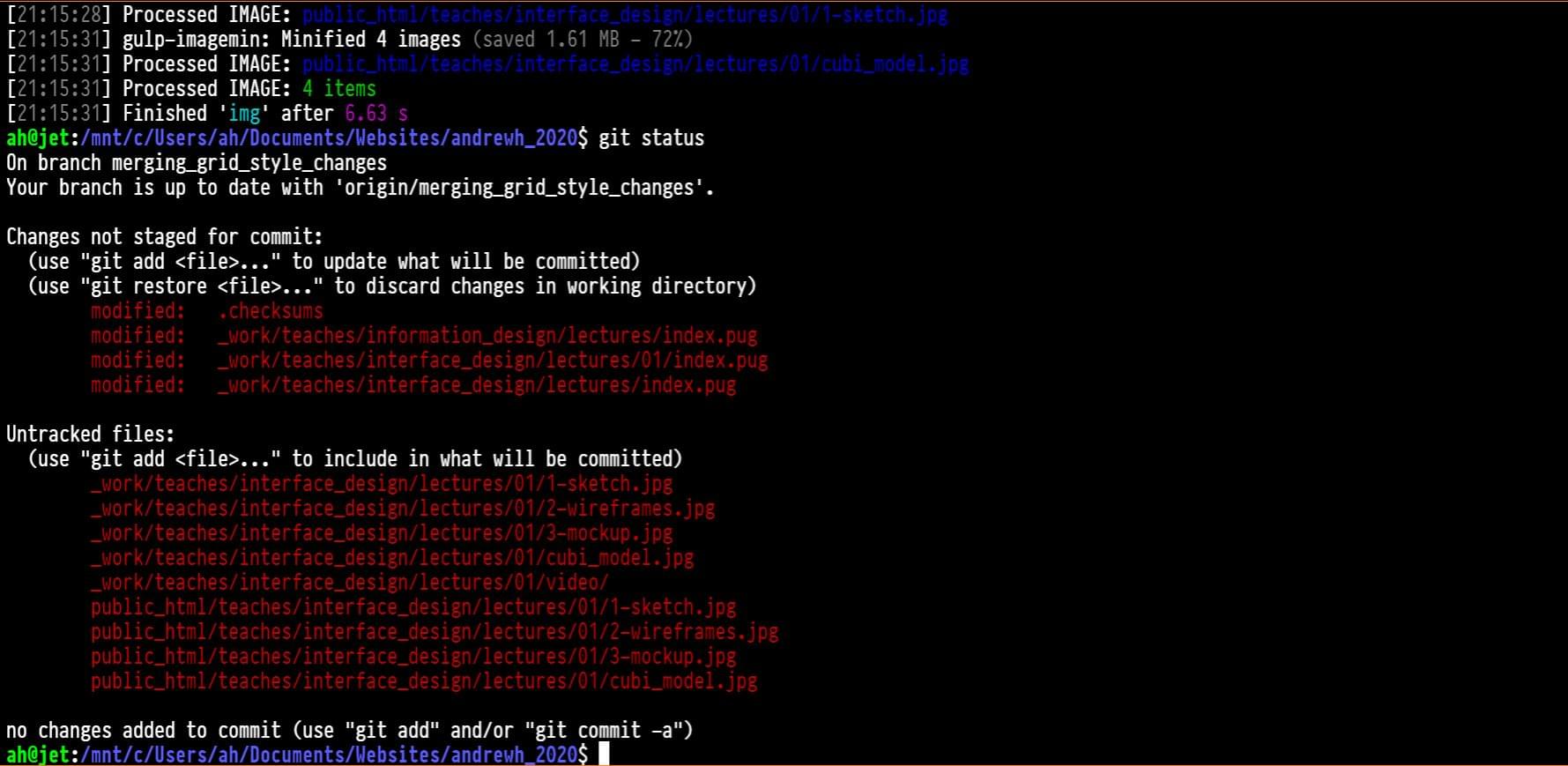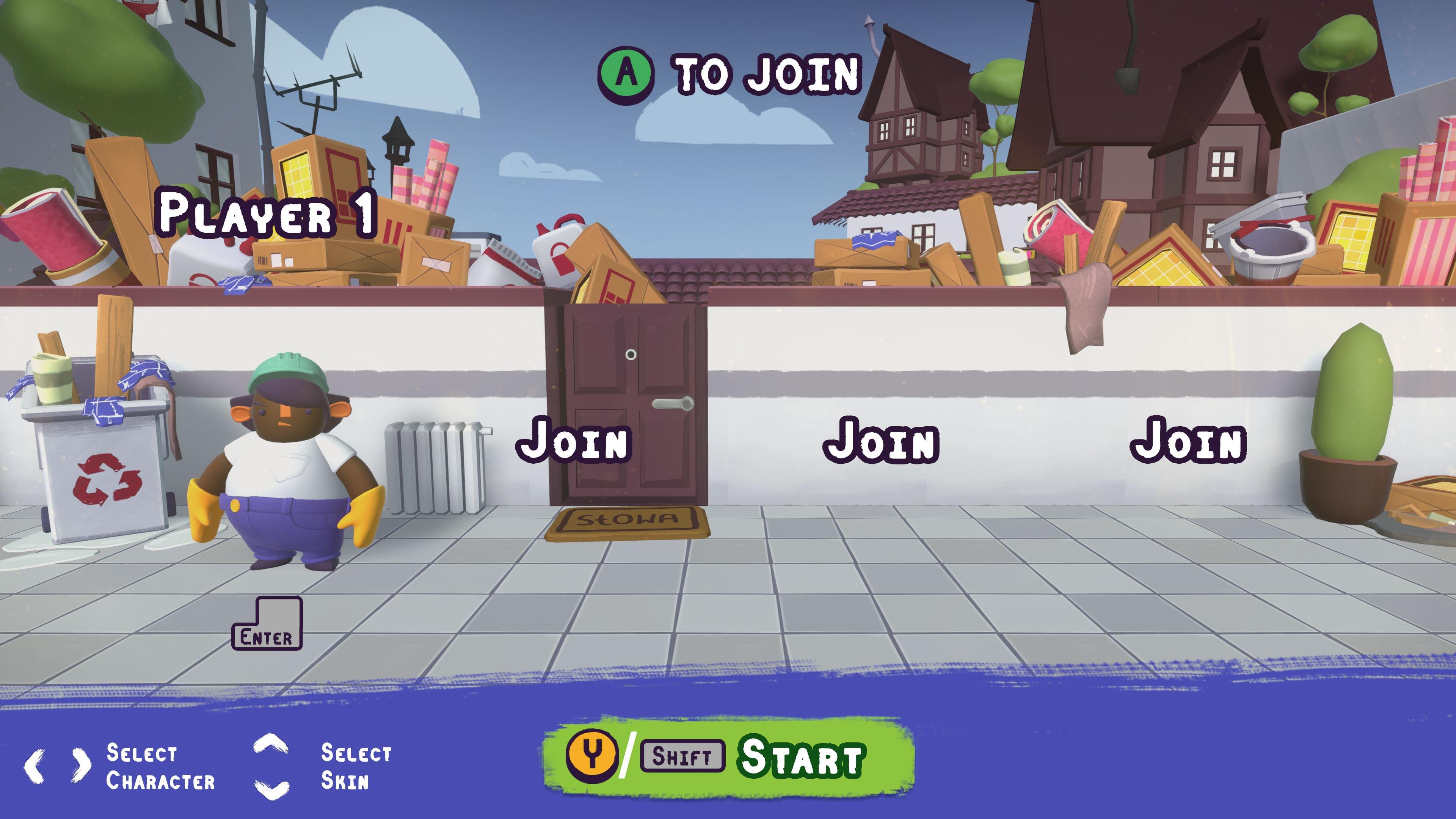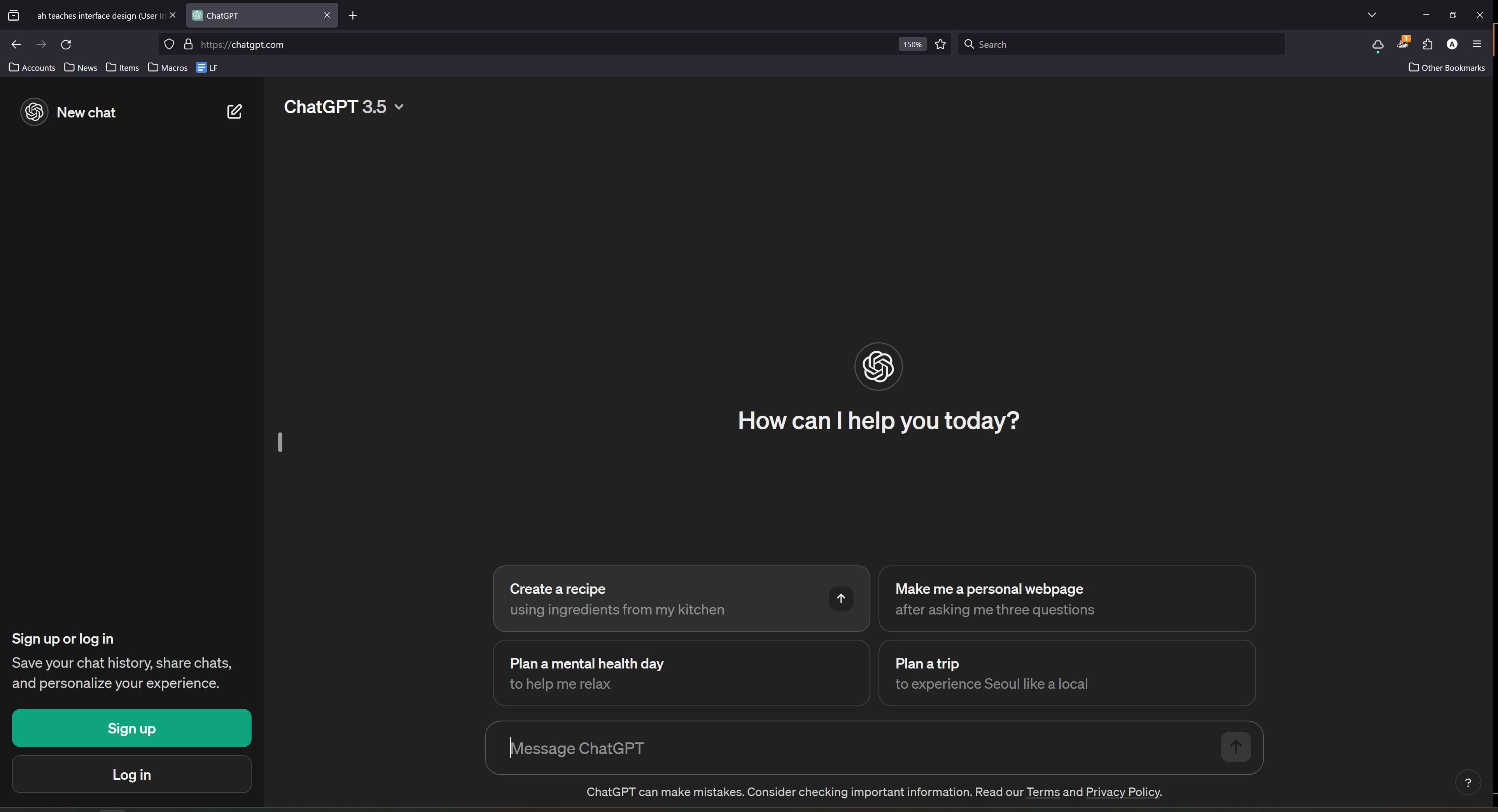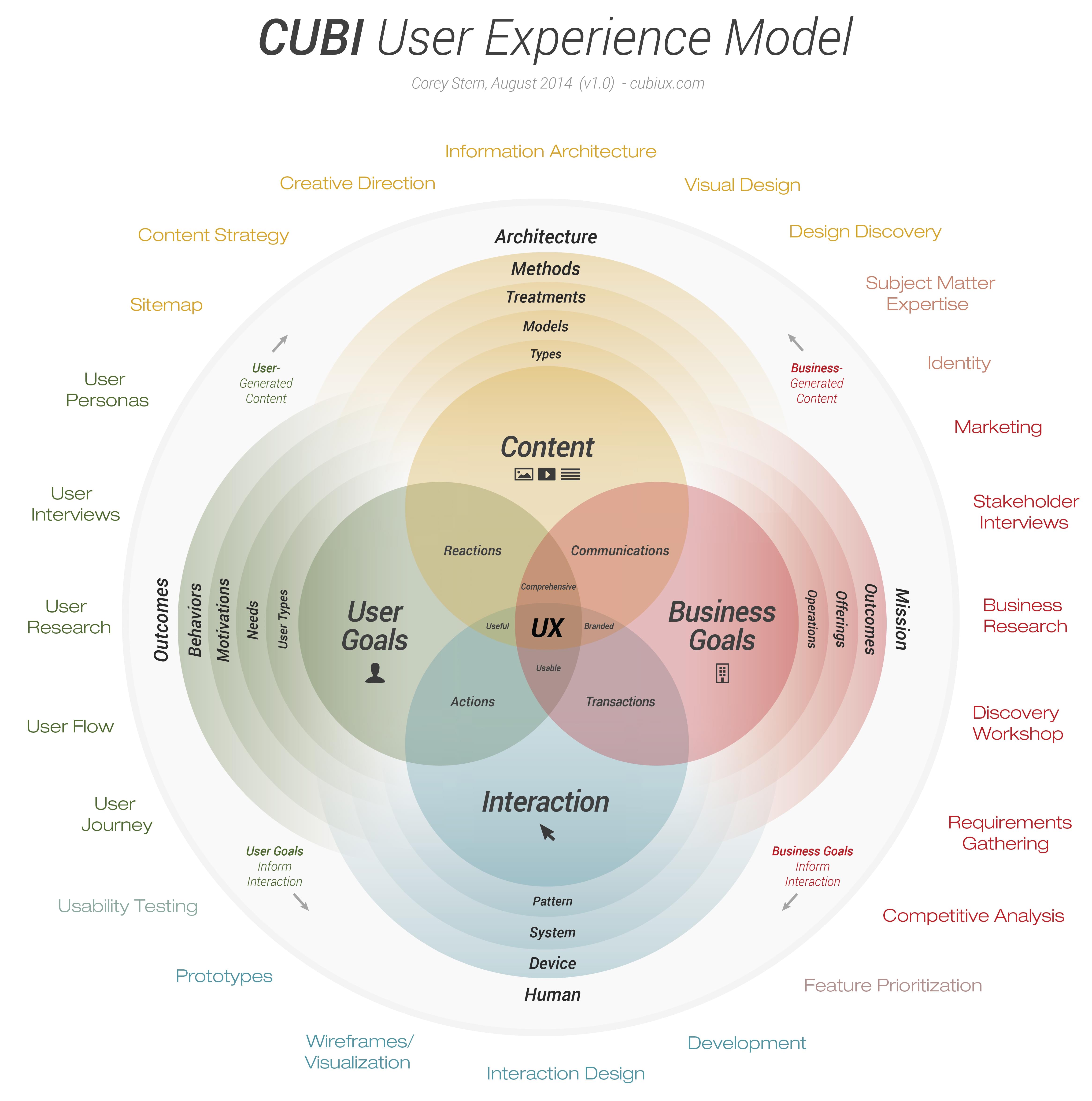ah teaches interface design (User Interface Thinking lecture)
User Interface Thinking
Lecture outline
An introduction to the course as well as getting you started on sketching interfaces. Lecture slides will be made available on the day of the lecture.
Device shutdown
In preparation for today's lecture please shut down and stow all laptops, iPods, cellphones, steamdecks, Apple Vision Pro's, pagers...

Interface design
Your teaching team
Lecturer:
Andrew Hawryshkewich
TAs:
Alfredo Sherman
Cynthia Cui
Announcements
Important announcements will be posted to Canvas and to the announcements page. These will often clarify or remind of important upcoming items.
Contacting your instructors
A friendly how-to
Andrew, Alfredo and Cynthia are available:
Email rules
Please allow up to 2 business days for responses.
We do not provide design critique via email or chat. Please arrange a meeting or attend office hours for design critique.
To make our responses faster, please include the following in your email:
- Your full name.
- The course number (IAT-334).
- A clear question.
Chat conduct
When chatting:
- Please treat our online interactions the same way you would in-person interactions.
- Please do not posting personally identifying information about yourself or others.
- Any questions about grades or feedback should be directed to Andrew via email.
If you have concerns about anyone's conduct at any point, please direct message or email Andrew.
Illness policy
If you are ill, stay home. Follow up with Andrew for access to the recording and email your TA to arrange an alternative time for critique.
If you will be ill for a prolonged period of time (more than a week) please email Andrew to arrange accommodations.
If the teaching team is ill we will notify you via Canvas and course chat before 8:30pm the day before the lecture.
Zoom etiquette
Some office hours will be available through Zoom. You will need to log in through sfu.zoom.us before being able to access the room.
- Links are provided on Canvas.
- Please use headphones.
- Bring any materials for critique ready as a web link that we can download/share screen from.
The 'studio' lecture
What to expect
We are experimenting with a 'studio' lecture model this term. This means we will be packing in critiques, lecture and activities all into one 4-hour block per week.
Attendance will be important
You will need to be in-class, on-time each week please. If unable to make it please email Andrew before the class.
Waitlisted students
If you are waitlisted, please announce yourself during the break. It is good if you keep up with the course material in case you are able to join the course.
Workload
A reminder that this course expects about 6-9 hours of work outside of class. You will be able to complete some of the homework — such as sketching exercises — during class time if of use.
If you ever have concerns with workload please email Andrew.
Canvas
Our main course-site
Projects
- Features — 10% (Individual)
- Heuristics — 20% (Individual)
- Interface Proposal — 15% (Group)
- Interface Design — 30% (Group)
- Introduction — 5% (Individual)
80% of your grade.
Teamwork
All team projects will make use of mechanisms to ensure the team is supported by all team members. If you ever have concerns about teamwork or your teammates please email Andrew.
Readings
Fee-free!
Readings are available entirely digitally.
Reading reflections
Reading reflections require you read and highlight the reading, and respond to questions.
Reading reflections are completed on-paper during our class time.
- You may complete up to three reflections and have the lowest grade dropped.
- You will need to submit a printed copy of your reading with your reflection within the class time.
- There are six available.
- AI use is not permitted in reflections.
10% of your final grade.
Sketching exercises
Sketching exercises are to help further explore your projects and practice your sketching. We will typically discuss some of the prior week's sketches at the start of lecture.
10% of your final grade.
This course is software agnostic
While we may make suggestions, we will not be requiring any specific tools be used for the purposes of this course. You can choose your own preferred tools as long as they allow you to accomplish the requirements of a given project.
Use of AI
In this course you are welcome to make use of generative AI tools — unless specified — with the following condition: You must state how you generated the result you are working with in the comments on your Canvas submission.
This will include:
- the name of the tool;
- the parameters or prompt used; and,
- a copy of the generated material linked.
You may use the generated material as a starting point or assistant for your own work, but the AI result cannot be your final submission.
Plagiarism
This course has a zero tolerance policy for plagiarism on projects. If you are found presenting work that is not your own or resubmitting old work without notice, you will receive a failing grade on that project. No exceptions.
Late or problematic submissions
Late submissions receive 15% per day late.
Problematic submissions — i.e. we can't open the URL or the wrong files were submitted — receive an immediate 20% off plus late penalties on the resubmission.
Concerns with grades
Please notify Andrew of any grading concerns within 10 days of the grades being released. This can include just getting some further feedback and/or wanting to have something regraded.
Course overview questions?
If you have any questions that linger about the course overview, please feel free to email Andrew or ask during our lecture time.

Why do we need interfaces?



Meanwhile, in industry...
The reality is that there is usually an entire team working on an interface.
- Interaction designers
- User experience designers
- Researchers
- Visual designers
- Usability engineers
- Developers
- and more!
Interaction vs. experience design
Cage match
User experience designers (UX): Typically concerned with the big picture of a product; what a user needs and why they would use it.
User interaction designers (UI): Typically concerned with how users interact with the product; layout, flows, and responses of the system to user input.

Visual to interactive
In SIAT you will have spent time dealing with image, type, and space. In this course we will be spending more time focusing on behaviour and interaction.
Universal is not so...
There is no such thing as an objectively good user interface. Quality depends on the context: who the user is, what [they] are doing, and what [their] motivations are. Applying a set of one-size-fits-all principles makes user interface creation easier, but it doesn't necessarily make the end result better.
(Cooper et al, 2007)
Moving to prototypes
As part of this course you will move from research, to sketching, to prototyping, to research, to sketching, to prototyping, to research, to sketching, to prototyping...
What is a feature?
A functionality within an interface. Some examples:
- The ability to toggle between light and dark mode.
- Using the search function to find what you are looking for.
- Getting a push notification when an event is coming up.
Interface design patterns
Let's take a quick look at Spotify.


Break-time
P1 topic areas
Please migrate to your 'topic area groups' for P1:
- A car dashboard and controls (must have access to the vehicle)
- CBC Gem
- GOG Galaxy
- Spotify for Wear OS or Apple Watch (must be watch version)
- YouTube VR (must be VR version)
- Other (need to get clearance from Andrew)
You are of course welcome to change your focus after today's lecture.
Explore
As a group (or a group within the group) discuss why you are interested in exploring the chosen interface. We will reconvene in 10 minutes to report back to the larger group.
Moving to convincing
This course will also emphasize making a case for your design. Just saying "I am a designer" is not good enough.
Reading reflection
Today's reading and reflection will be provided to you. In future weeks you will need to bring a print-out of the reading and we will provide the reflection worksheet for you.
Practicing reading
We are going to 'practice' reading. To do so, you should:
- Figure out the 'goal' for reading today: Complete the reflection, understand the author's point, just want to read, etc.
- Knowing your goal, highlight portions of the text relevant to this and make notes on the page as needed.
- Revisit your highlights to see the 'answer' or completion of your goal.
Next week
Critiques start at 9:30am, and will likely run until around 11 or 11:30am. To get a critique you will need to arrive before 9:45am to sign up for a time slot.